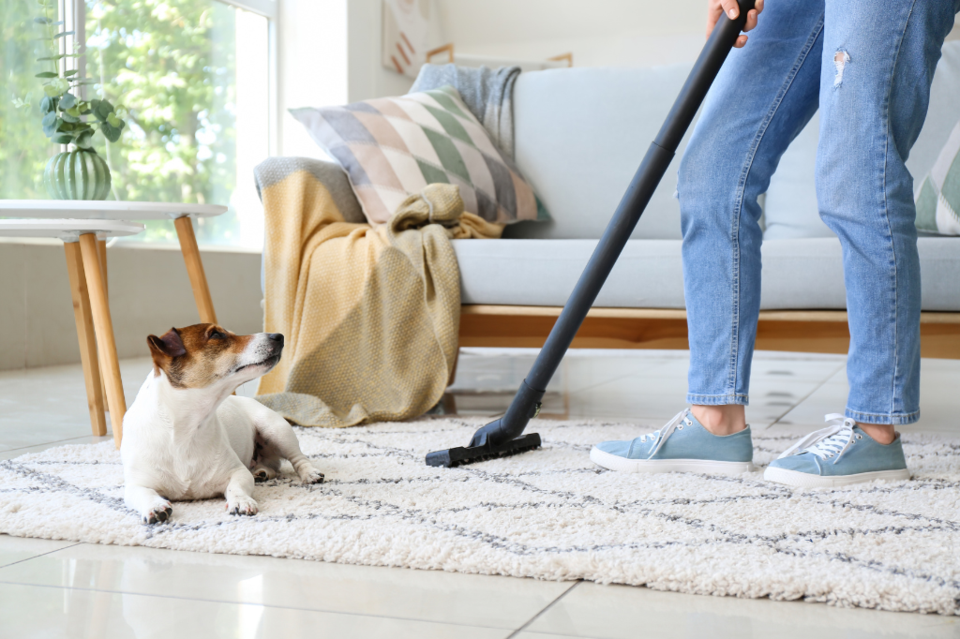Spring cleaning isn't just about decluttering and spending all weekend blasting your favourite playlists while cleaning like you’ve never cleaned before. It's also an opportunity to detox your living space of hidden nasties—harmful chemicals that can linger in dust, cleaning products, furniture, and even your water supply.
While a sparkling clean home is always the dream—and a sigh of relief—achieving that with harsh chemicals, or the hidden ones that lurk in your home that you aren’t even aware of—might be doing more harm than good.
Not to worry. The more you know, the healthier your home will be. Here are five ways to elevate your cleaning routine and create a healthier environment for you and your family.
1. Maintain a dust-free home
Dust isn't just an eyesore; it's a breeding ground for allergens, irritants, and even toxins. Dust mites, tiny creatures that feed on dead skin flakes, thrive in dusty environments. Their droppings and body parts are major contributors to allergies and asthma. Additionally, dust can contain harmful chemicals like lead, pesticides, and flame retardants, which can exacerbate respiratory problems and potentially have long-term health effects.

How to deal with dust:
- Schedule regular dusting: Aim for weekly dusting, paying special attention to surfaces like shelves, furniture tops, electronics, and blinds.
- Use a damp microfiber cloth: This traps dust particles instead of just dispersing them into the air. Regular vacuuming with a HEPA filter is also a good idea. HEPA filters can trap even the smallest dust particles, significantly improving indoor air quality.
- Don't forget the sneaky spots: Dust loves to hide behind baseboards, under furniture, and inside air vents. Don't neglect these areas during deep cleaning. You might need to call in some backup to move some heavy furniture around a few times a year.
- Consider an air purifier: High-quality air purifiers can be a valuable upgrade to your cleaning routine. Look for models with HEPA filters to remove dust and other airborne contaminants from your home continuously. They’re especially beneficial for allergy sufferers.
2. Ditch fragrances
The fresh scent of cleaning products might seem appealing, but those alluring fragrances often come with a hidden cost to your health. Synthetic fragrances contain chemicals known as Volatile Organic Compounds (VOCs). These VOCs can irritate the eyes, nose, and throat and have been linked to headaches, dizziness, and even respiratory problems.
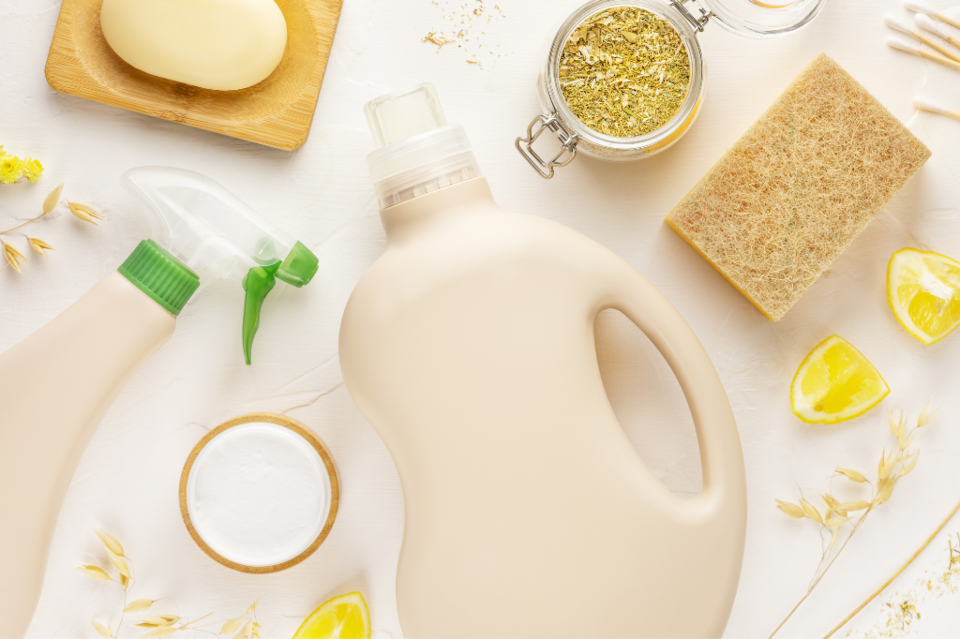
Here’s how to go fragrance-free:
- Find hidden fragrances: Many household items, like laundry detergents, air fresheners, and even some cleaning products, contain artificial fragrances. Opt for fragrance-free alternatives whenever possible.
- Swap artificial for natural scents: Essential oils offer a safer and more pleasant way to add scents to your home. Diffuse essential oils like lavender, lemon, or peppermint to create a calm, fresh space.
- DIY your cleaning products: Making your own cleaning products allows you complete control over what goes in them. Many simple recipes use natural ingredients like vinegar, baking soda, and lemon juice, which are effective cleaners without harmful side effects.
- Choose clean brands: Look for green cleaning brands that prioritize non-toxic ingredients and avoid artificial fragrances.
3. Beware of PFAS—forever chemicals
Per- and poly-fluoroalkyl substances (PFAS), also known as "forever chemicals," are a class of man-made chemicals that persist in the environment for a very long time—we’re talking thousands of years. They are used in a wide range of products, including non-stick cookware, stain—and water-resistant fabrics, food packaging, and more. Exposure to PFAS has been linked to various health problems, including increased risk of cancer, thyroid problems, a weakened immune system, and developmental problems in children.
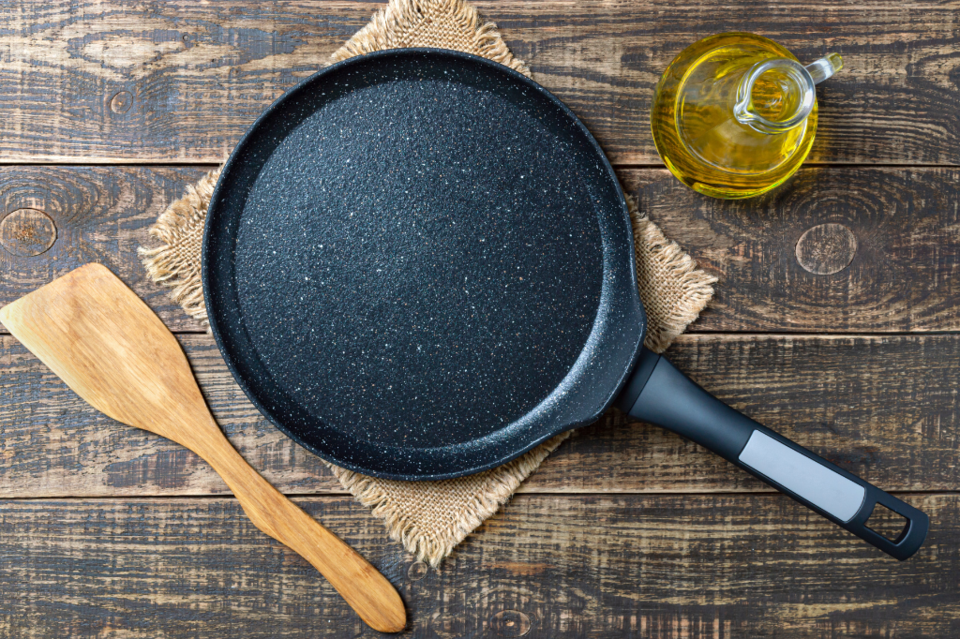
How to minimize PFAS exposure:
- Research before you buy: When purchasing furniture, carpets, or clothing, look for products labelled "PFAS-free."
- Invest in quality cookware: Opt for cast iron or stainless steel cookware instead of non-stick options.
- Reduce processed food consumption: Processed food packaging often contains PFAS, so focus on a diet rich in fresh fruits, vegetables, and whole grains.
PFAS already in your home:
While replacing furniture or cookware might not be feasible for everyone, there are ways to mitigate existing PFAS exposure:
- Vacuum regularly: Frequent vacuuming with a HEPA filter can help remove dust particles containing PFAS.
- Improve ventilation: You may have heard the air in your home is more toxic than the air outside and it’s true. Air out your home as often as possible by opening windows and doors to increase air circulation and dilute indoor air pollutants. Spring is the perfect time to do this daily!
4. Test and upgrade your household water
While we often focus on cleaning surfaces, the water we drink and use for cooking is just as important. Although treated, our tap water can contain various contaminants like chlorine, lead, and even pharmaceuticals. While these contaminants might be present at safe levels according to regulations, some people may be more sensitive to them. Regularly testing your water can give you valuable insights into its quality and potential health risks. Testing your water can reveal the presence of heavy metals, chlorine, and chloramines, and emerging contaminants such as pharmaceuticals and personal care products that make their way into the water supply.
If you’re worried about a big bill, it’s surprisingly affordable. Water testing kits are easy to use and readily available at most hardware stores and online retailers for about $30.
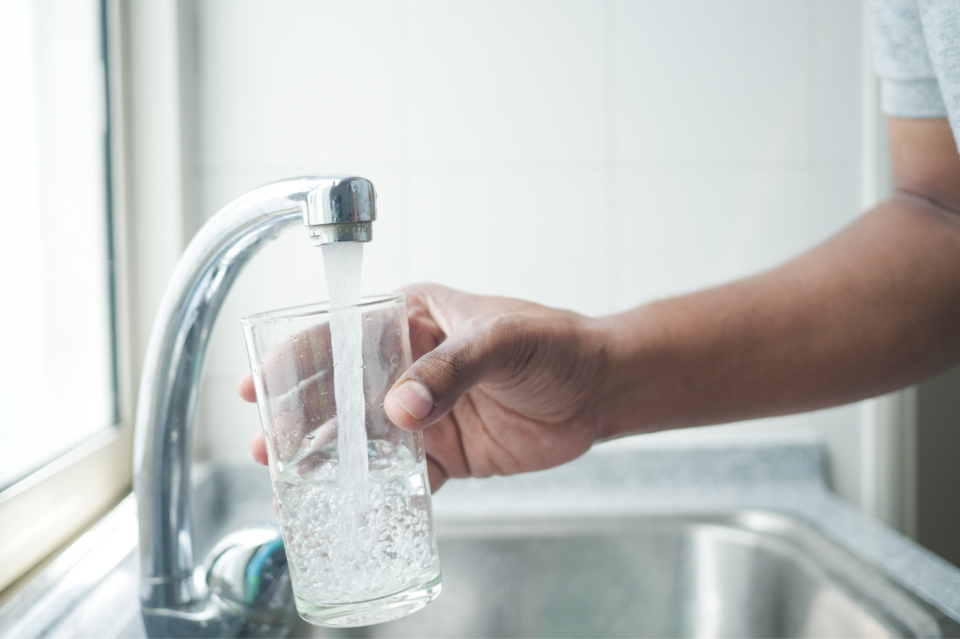
Why you should consider a water purifier:
A whole-house water filtration system can dramatically improve tap water quality. These systems remove many contaminants, providing cleaner and healthier water for drinking, cooking, and bathing. The Environmental Working Group (EWG) offers a comprehensive water filter guide that helps you choose the best filter based on the specific contaminants found in your water supply.
5. Replace plastics with reusables
Single-use plastics have become ubiquitous in our daily lives. However, these plastics often leach harmful chemicals like bisphenol A (BPA) into our food and beverages, particularly when heated. BPA can disrupt hormones and has been linked to various health problems. And microplastics are tiny plastic fragments that can contaminate our food chain and potentially have adverse health effects. Not to mention the devastating environmental impact that single-use plastics have on the planet.
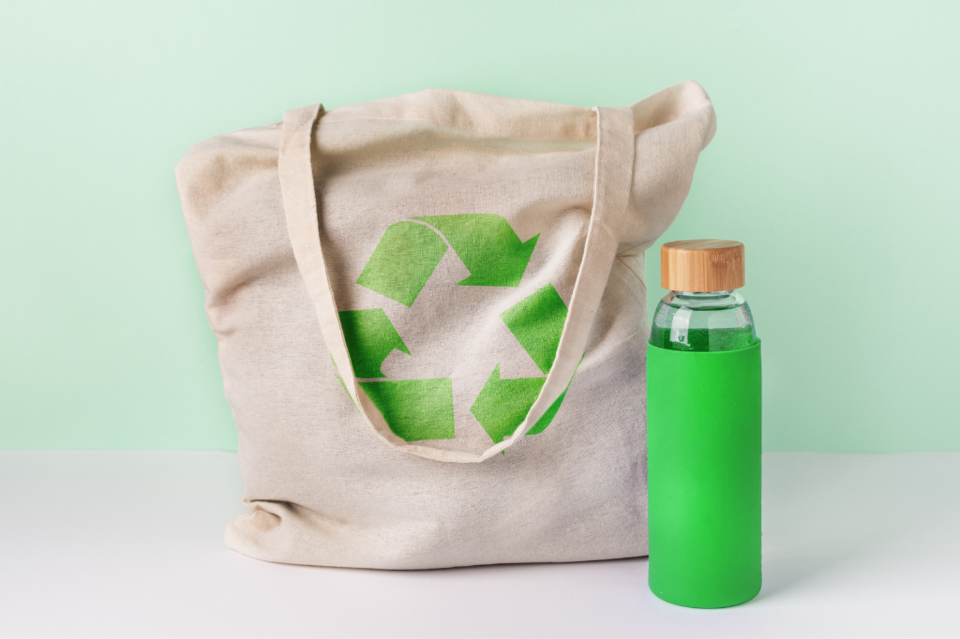
Get serious about reusables:
- Invest in reusable water bottles: Ditch single-use plastic bottles and coffee cups and opt for reusable alternatives.
- Food storage containers: Replace plastic containers with glass or stainless steel options for storing leftovers and packing lunches.
- Reusable shopping bags: Carry reusable bags when shopping to reduce plastic bag waste. A pro tip is to keep a bunch in your car!
About the Author

Alicia is a journalist and editor in digital and print media specializing in health, nutrition, fitness, and wellness. She was previously the Editorial Director of Clean Eating and Vegetarian Times. Her work has also appeared in Hone Health The Edge, Yoga Journal, Women’s Running, and Oxygen, among others. In addition to being a content creator, she's an ISSA-certified nutritionist, certified personal trainer, and fitness studio owner in Toronto. Alicia loves spreading the word about helpful, science-backed health information, and she can be contacted via her website at aliciamtyler.com.

